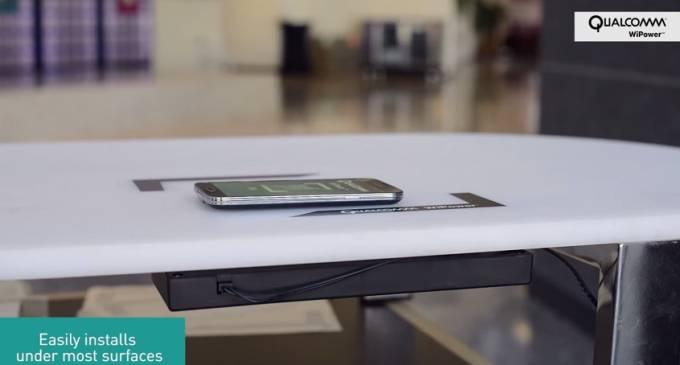-
Tips for becoming a good boxer - November 6, 2020
-
7 expert tips for making your hens night a memorable one - November 6, 2020
-
5 reasons to host your Christmas party on a cruise boat - November 6, 2020
-
What to do when you’re charged with a crime - November 6, 2020
-
Should you get one or multiple dogs? Here’s all you need to know - November 3, 2020
-
A Guide: How to Build Your Very Own Magic Mirror - February 14, 2019
-
Our Top Inspirational Baseball Stars - November 24, 2018
-
Five Tech Tools That Will Help You Turn Your Blog into a Business - November 24, 2018
-
How to Indulge on Vacation without Expanding Your Waist - November 9, 2018
-
5 Strategies for Businesses to Appeal to Today’s Increasingly Mobile-Crazed Customers - November 9, 2018
Qualcomm Announces Technology to Wirelessly Charge Smartphones with Metal
Now, thanks to Qualcomm Technologies “WiPower” technology, those phones with full metal bodies will now be able to wirelessly charge. That’s ok if you’re making cheapo looking smartphones like Samsung, but Jony Ive’s love for aluminium bodies has precluded iPhones from being able to charge wirelessly.
Advertisement
Qualcomm has gotten past that with its WiPower technology, which allows the charging to pass through metal.
Based on Near Field Magnetic Resonance technology, WiPower is designed to be Rezence compliant and although it wasn’t mentioned in their press release, doesn’t sound like it will support Qi or PMA charging methods.
Current wireless charging standards rely on magnetic induction to excite a coil within the handset itself. Due to the way this technology works, wireless charging has traditionally not been available on devices that feature metallic frames.
What do you think about Qualcomm’s new WiPower technology?
WiPower, as well as other technologies that meet the Rezence standard, operate at a frequency that is more tolerant of metal objects that come within the charge field. But with the latest innovation, Qualcomm’s WiPower can charge an entire device made of metal. Some phones have neglected to include it in their flagship devices and it may not have been because they didn’t see the use for it, but rather that it wasn’t possible with the materials they were using. You can charge your mobile device on a charging pad or surface without having to perfectly align it. You can also charge multiple devices, each with different power requirements. Up to now, this meant one could typically have objects such as keys and coins in the charge field and not affect the charging process. Further, WiPower can charge devices that require as much as 22 watts at speeds that match or exceed those of other wireless charging technologies, according to Qualcomm.
Advertisement
“QTIs engineering advancement eliminates a major obstacle facing wireless power and opens up the continued adoption of this desirable feature to a much wider range of consumer electronics and use cases.” said Steve Pazol, General Manager of Wireless Charging, Qualcomm Incorporated.





























